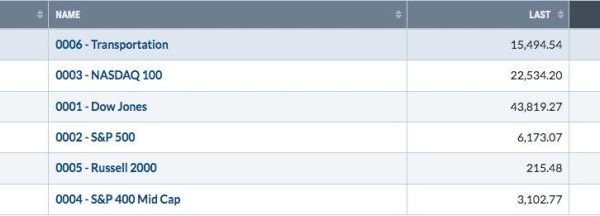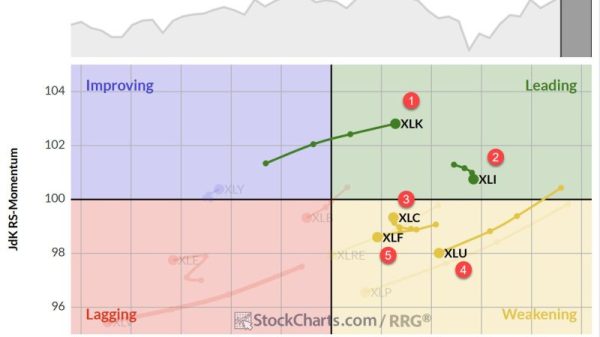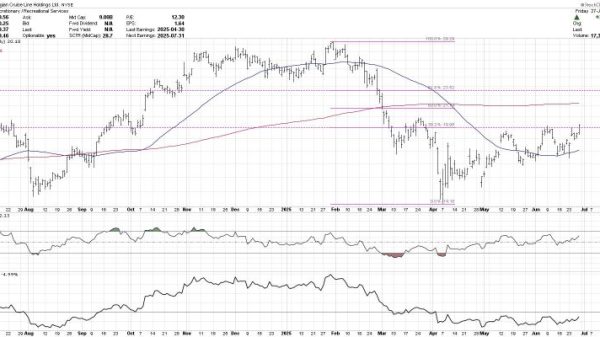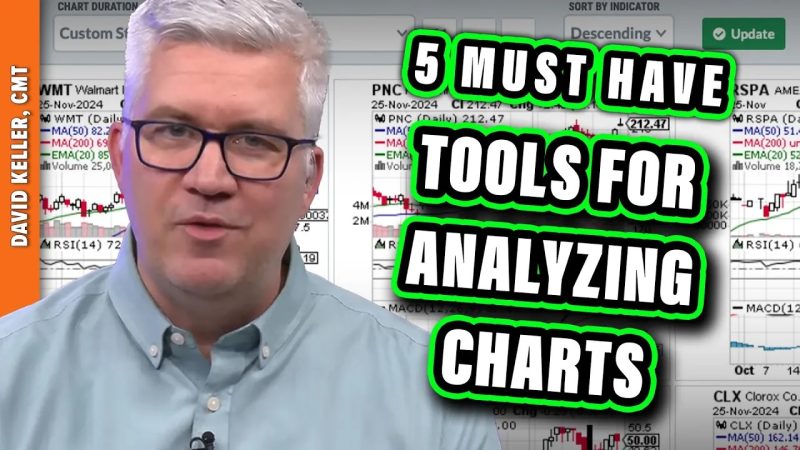Analyzing stocks charts is a fundamental aspect of investing in the stock market. In order to make informed decisions and maximize profits, investors rely on various tools to interpret and analyze stock data effectively. Here are five must-have tools that every investor should consider incorporating into their stock chart analysis toolkit.
1. **Moving Averages**:
Moving averages are one of the most widely used tools in technical analysis. They help smooth out price movements, making it easier to identify trends. The two most common types of moving averages are the simple moving average (SMA) and the exponential moving average (EMA). Investors use moving averages to spot potential trend reversals, support and resistance levels, and to determine entry and exit points for trades.
2. **Relative Strength Index (RSI)**:
The Relative Strength Index is a momentum oscillator that measures the speed and change of price movements. RSI values range from 0 to 100, with readings above 70 indicating an overbought condition and readings below 30 indicating an oversold condition. Traders use the RSI to identify potential trend reversals and to confirm the strength of a current trend.
3. **MACD (Moving Average Convergence Divergence)**:
The MACD is a popular trend-following momentum indicator that shows the relationship between two moving averages of a security’s price. It consists of the MACD line, signal line, and histogram. Traders use the MACD to generate buy and sell signals based on crossovers between the MACD line and signal line, as well as divergences between the MACD line and price movements.
4. **Bollinger Bands**:
Bollinger Bands consist of a simple moving average (usually 20 periods) and two standard deviations plotted above and below the SMA. These bands expand and contract based on volatility. Traders use Bollinger Bands to identify overbought and oversold conditions in a stock, as well as to determine potential price breakouts or breakdowns.
5. **Volume Analysis**:
Volume is an essential component of stock chart analysis as it provides valuable insight into the strength and sustainability of price movements. By analyzing volume alongside price action, traders can confirm the validity of a trend, identify potential reversals, and anticipate future price movements. An increase in volume often precedes significant price changes, making it a crucial tool for decision-making.
In conclusion, incorporating these five must-have tools into your stock chart analysis can significantly improve your ability to interpret market trends, identify trading opportunities, and manage risk effectively. By combining technical analysis with fundamental research, investors can make more informed decisions and enhance their overall trading performance.


































